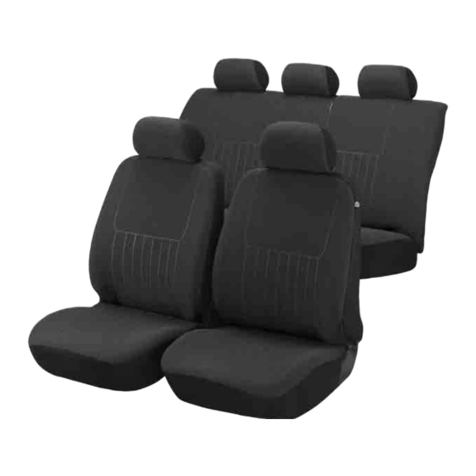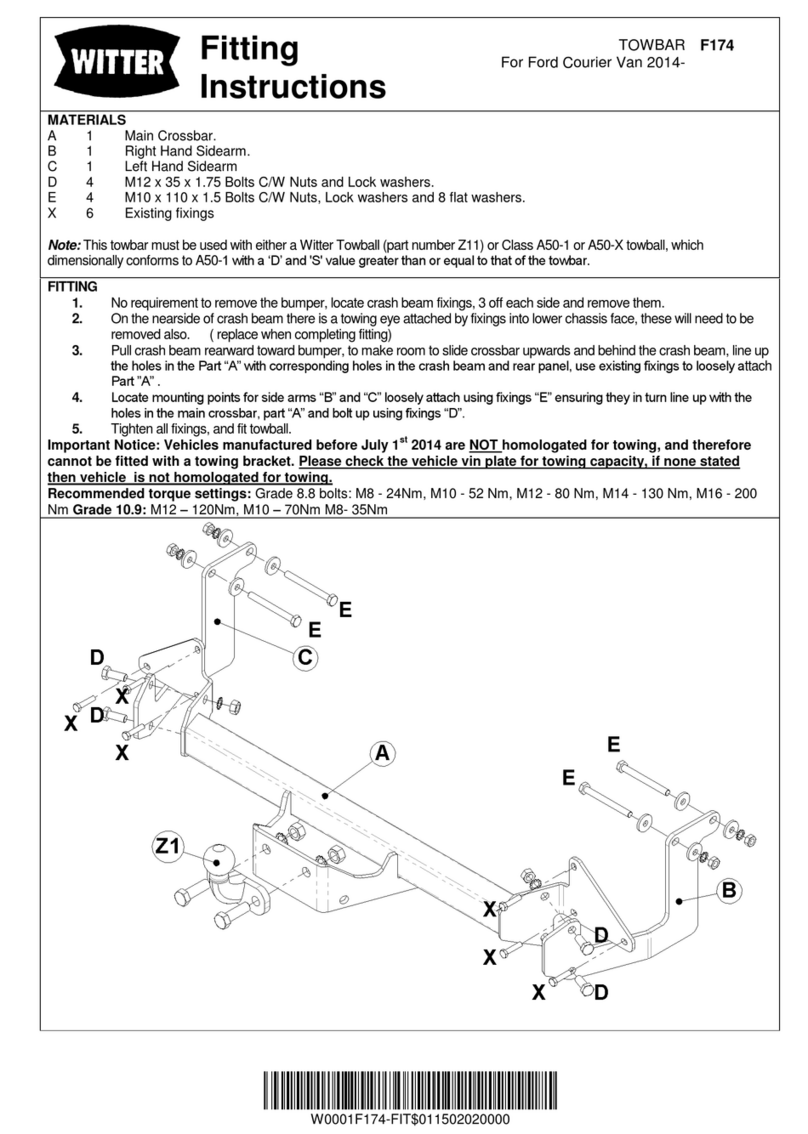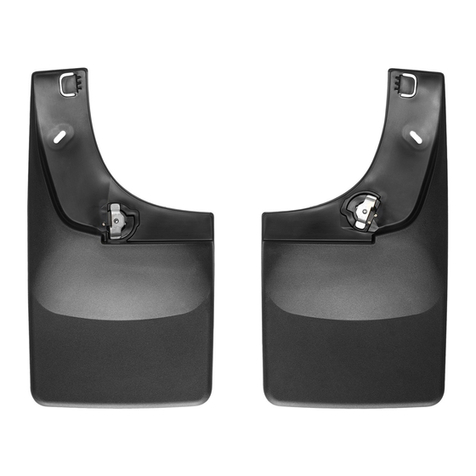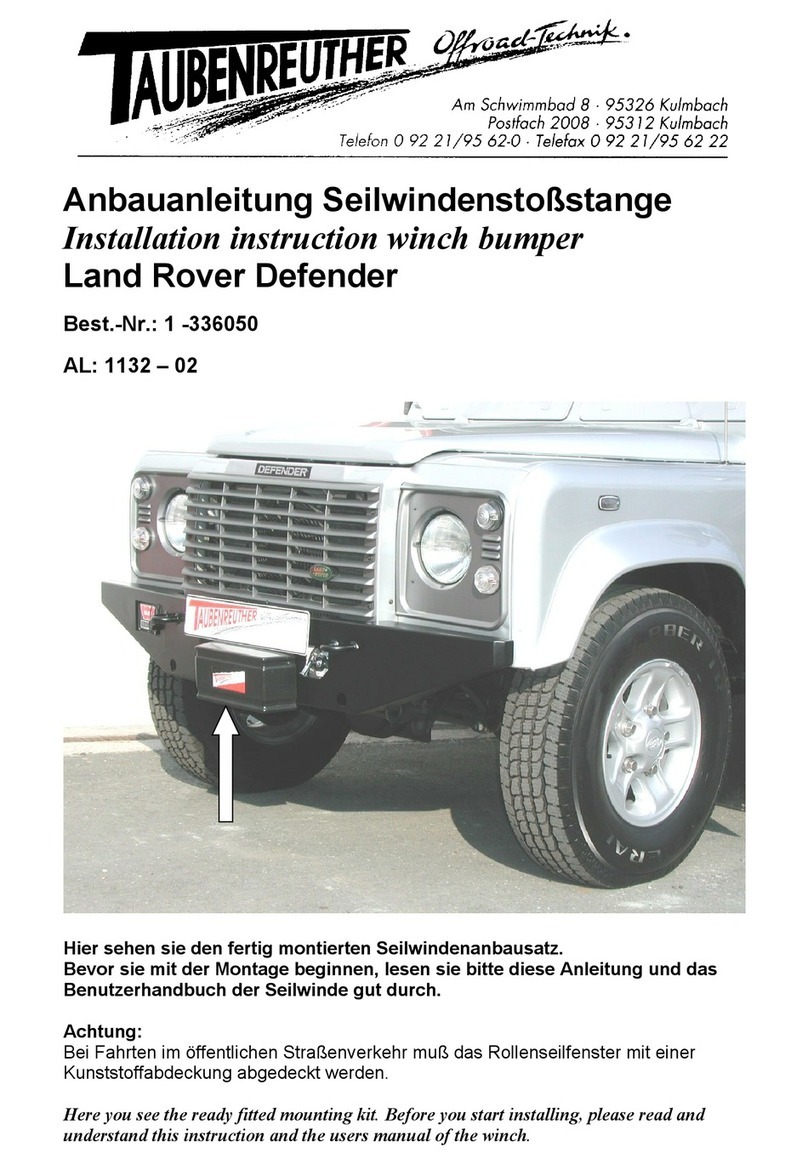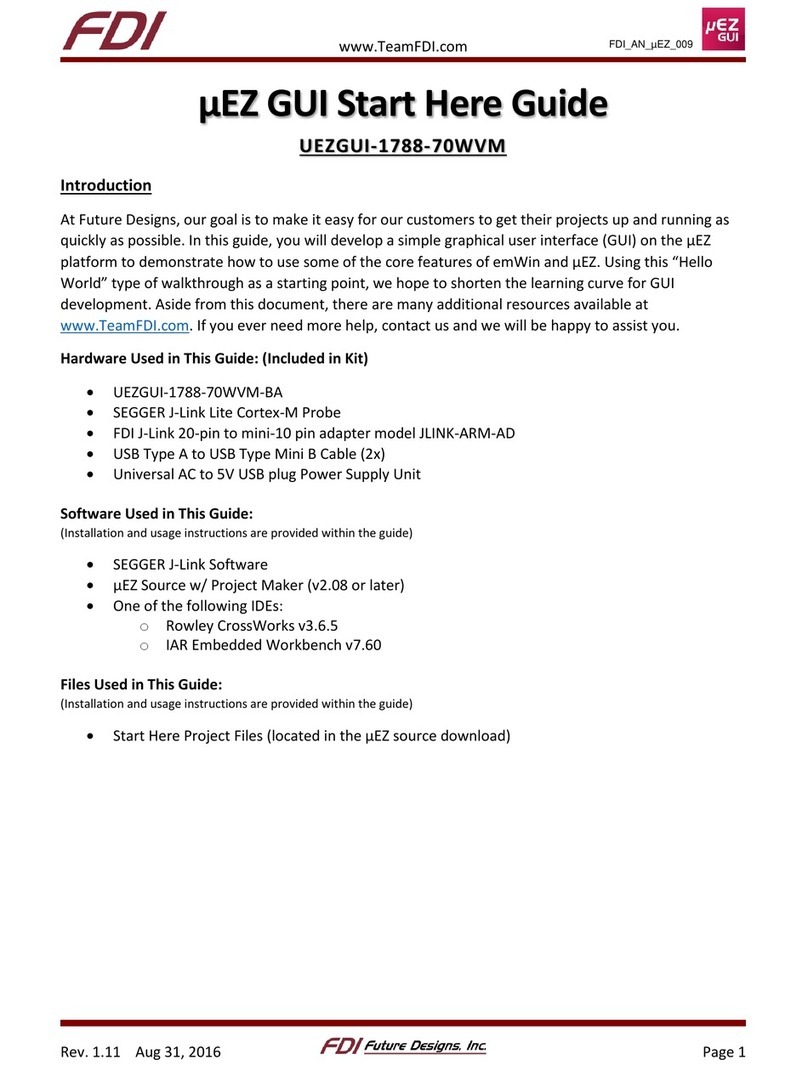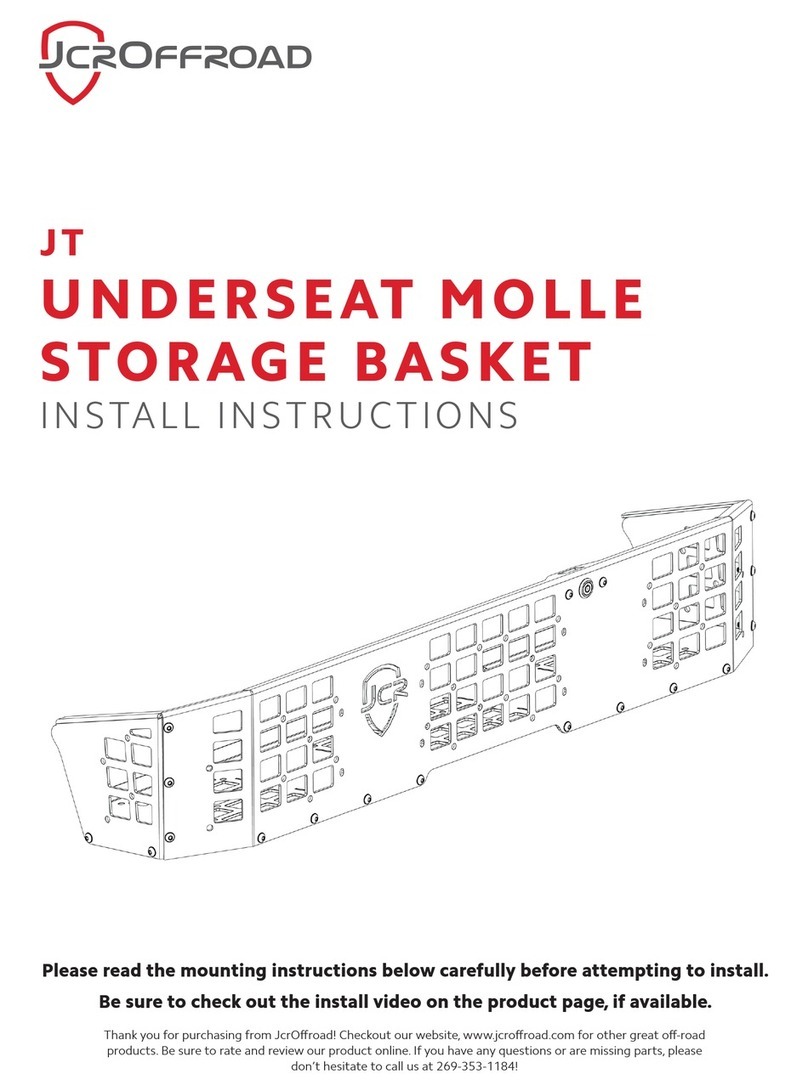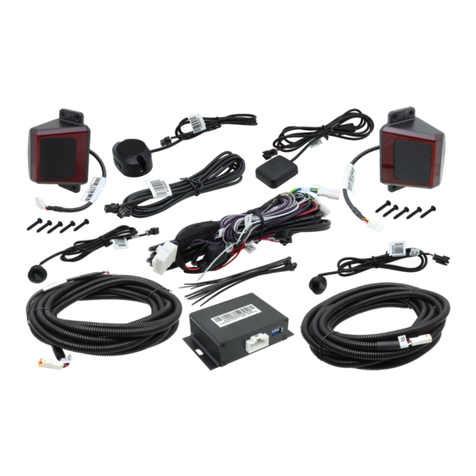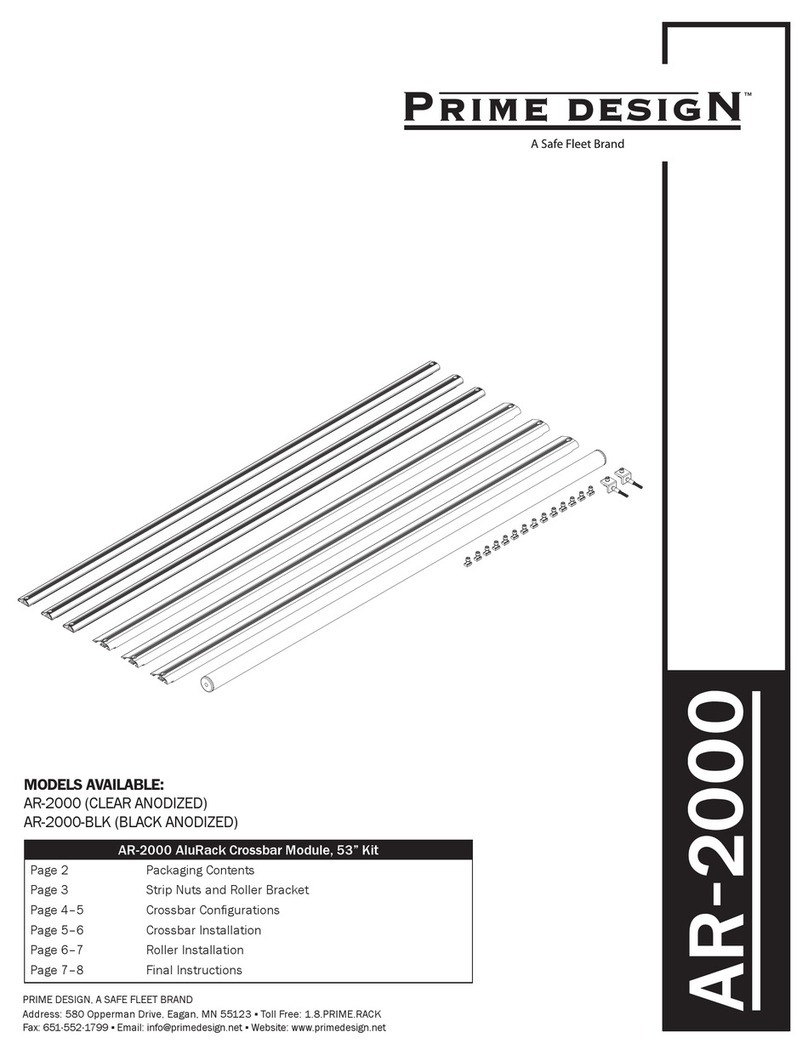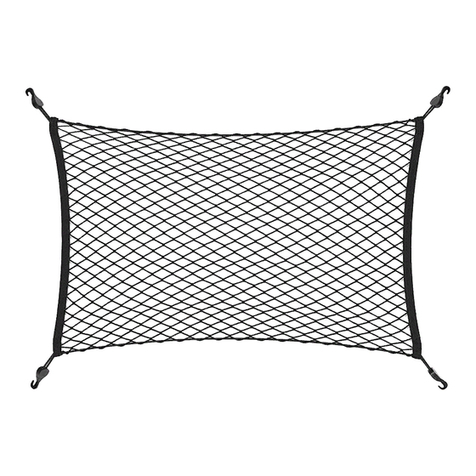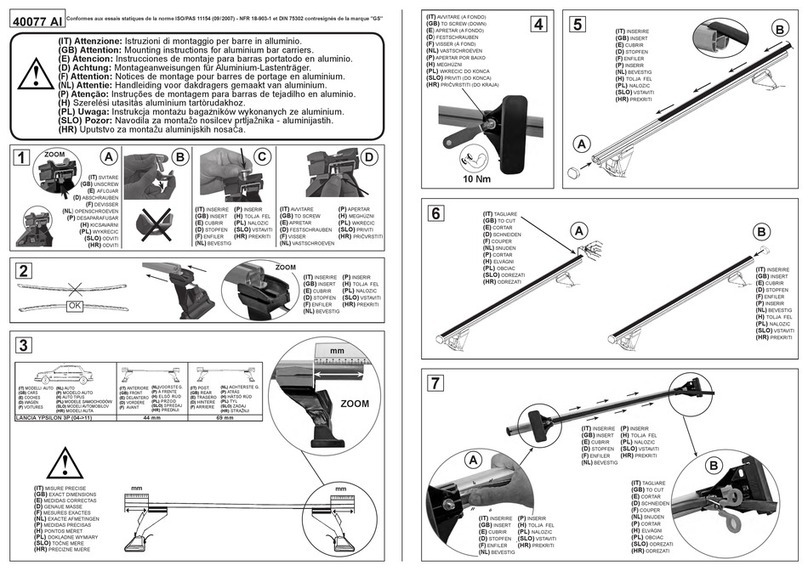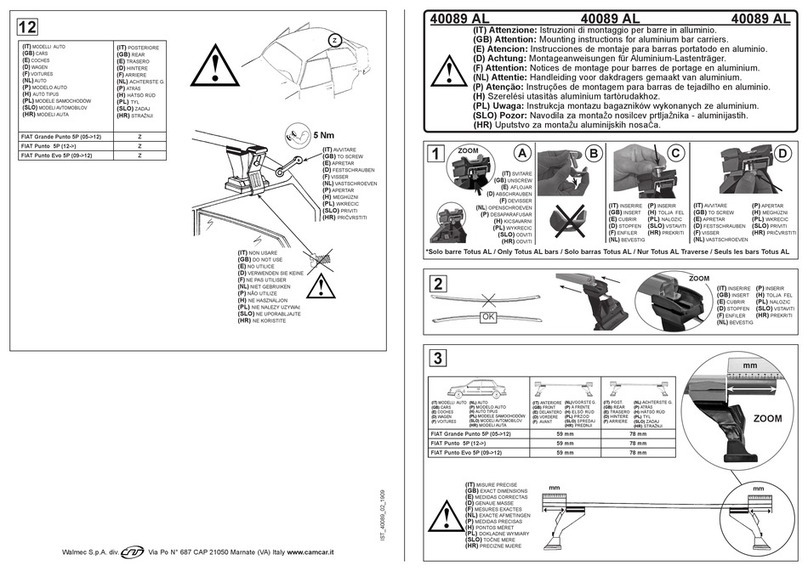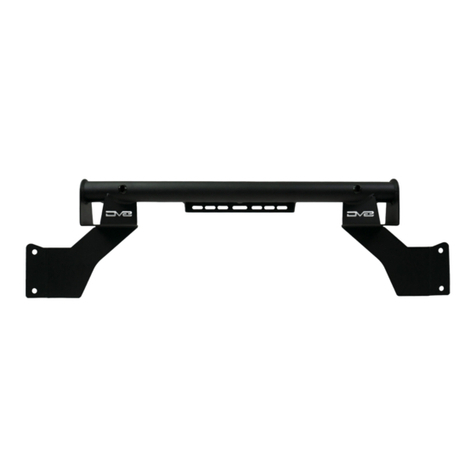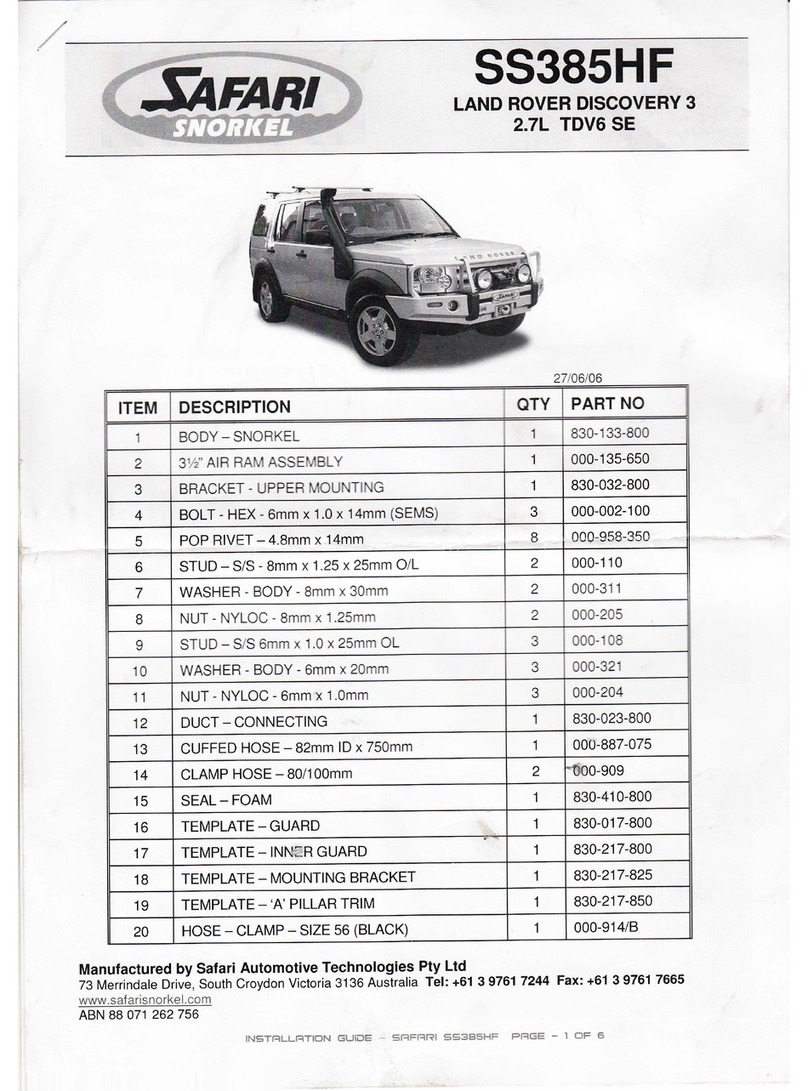
1.1 Safety and Warning
Introduction01
INTRODUCTION INTRODUCTION
1)Keep the explosive or flammable materials, chemicals, vapors and other hazard
objects away from the charger.
2)Keep the charging socket clean and dry. If dirty, please wipe with clean dry cloth.
Touch the socket core is strictly forbidden when power on.
3)Do not use the charger in case the device has defects, crack, abrasion, bare leakage
and so on. Please contact the working staff in case of above conditions.
4)Do not attempt to dissemble, repair, refit the charger. If necessary, please contact the
working staff. Improper operation will result in device damage, electric leakage, etc.
5)In case any abnormal condition happens, please press the emergency stop button
immediately, cut off all input and output power supply.
6)Please make charging cautiously in raining or lighting weather.
7)The children should not get close to or use the charger to avoid being hurt.
8)During the charging, the EV is not allowed to drive. Charging only when the EV stops
still. For Hybrid car, charging only when switching the engine off.
1.2 Scope of Delivery
Check the scope of delivery for completeness and any externally visible damage.
Contact your distributor if the scope of delivery is incomplete or damaged.
1.3 Liability Limitation
Any product damage or property loss caused by the following conditions AlphaESS does
not assume any direct or indirect liability.
• Product modified, design changed or parts replaced without AlphaESS authorization;
• Changes, or attempted repairs and erasing of series number or seals by Unauthorized
AlphaESS technician;
• System design and installation are not in compliance with standards and regulations;
• Failure to comply with the local safety regulations;
• Transport damage (including painting scratch caused by rubbing inside packaging
during shipping). A claim should be made directly to shipping or insurance company in
this case as soon as the container/packaging is unloaded and such damage is identified;
• Failure to follow any/all of the user manual, the installation guide and the maintenance
regulations;
• Improper use or misuse of the device;
• Insufficient ventilation of the device;
• The maintenance procedures relating to the product have not been followed to an
acceptable standard;
• Force majeure (violent or stormy weather, lightning, overvoltage, fire etc.);
• Damages caused by any external factors.
The input and output voltages of this device are dangerous high voltage,
which can endanger human life safety. Please strictly ob-serve all
warnings and operating instructions on the device and in the manual.
Unauthorized and non-professional service personnel should not
remove the cover of this device.
RJ45 Connector
(x1)
Charging Cable Holder
(x1)
SMILE-EVCT11
Warning
01 02
Wallbox
(x1)
M4*12 Screw
(X2)
Clasp
(X1)
User Manual
(x1)
Terminal block
(X5)
Wrench
(X1)
M4*32 Screw
(x6)
6*30 Expansion Pipel
(x6)
Sealed Cap
(X1)
Installation board
(X1)
